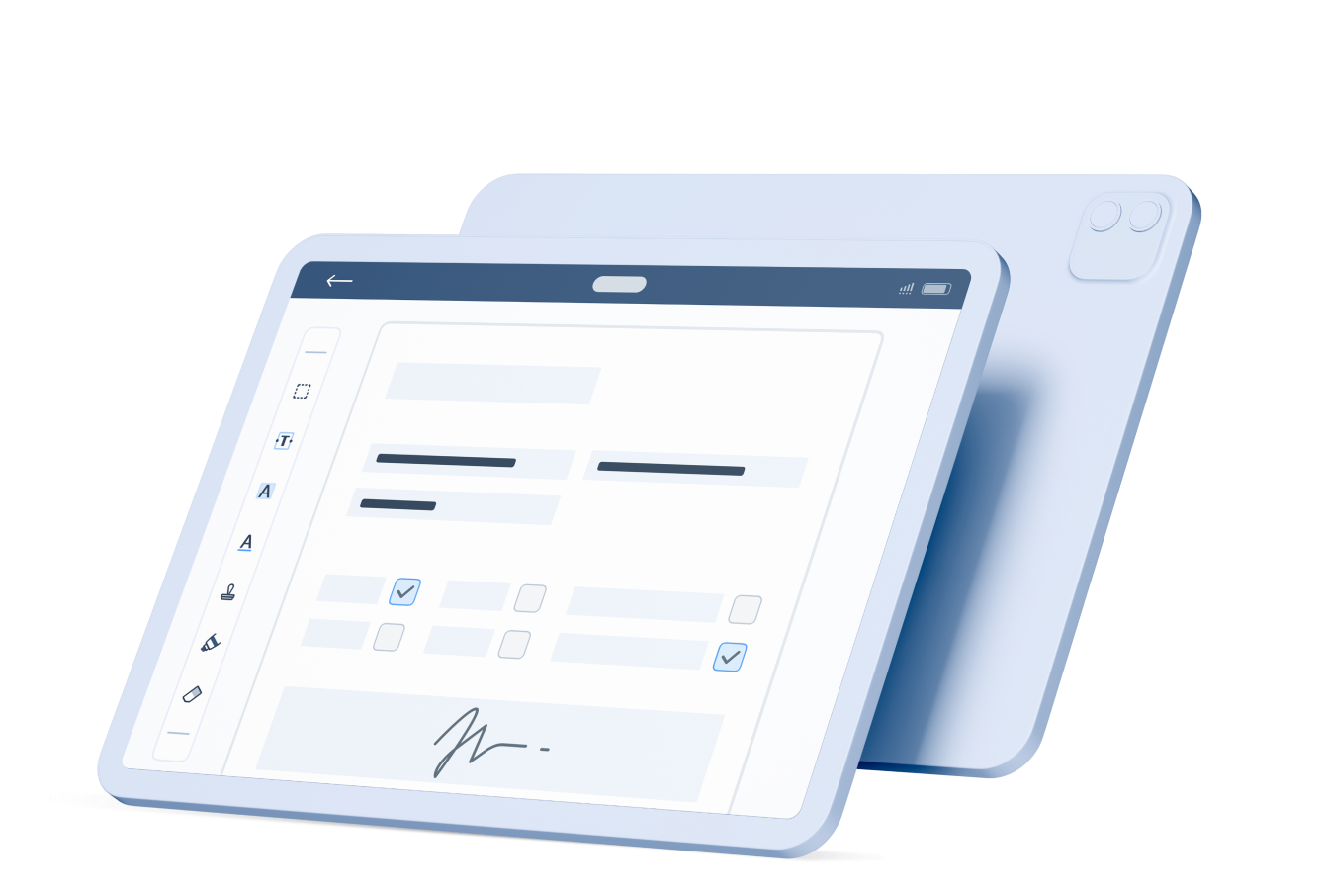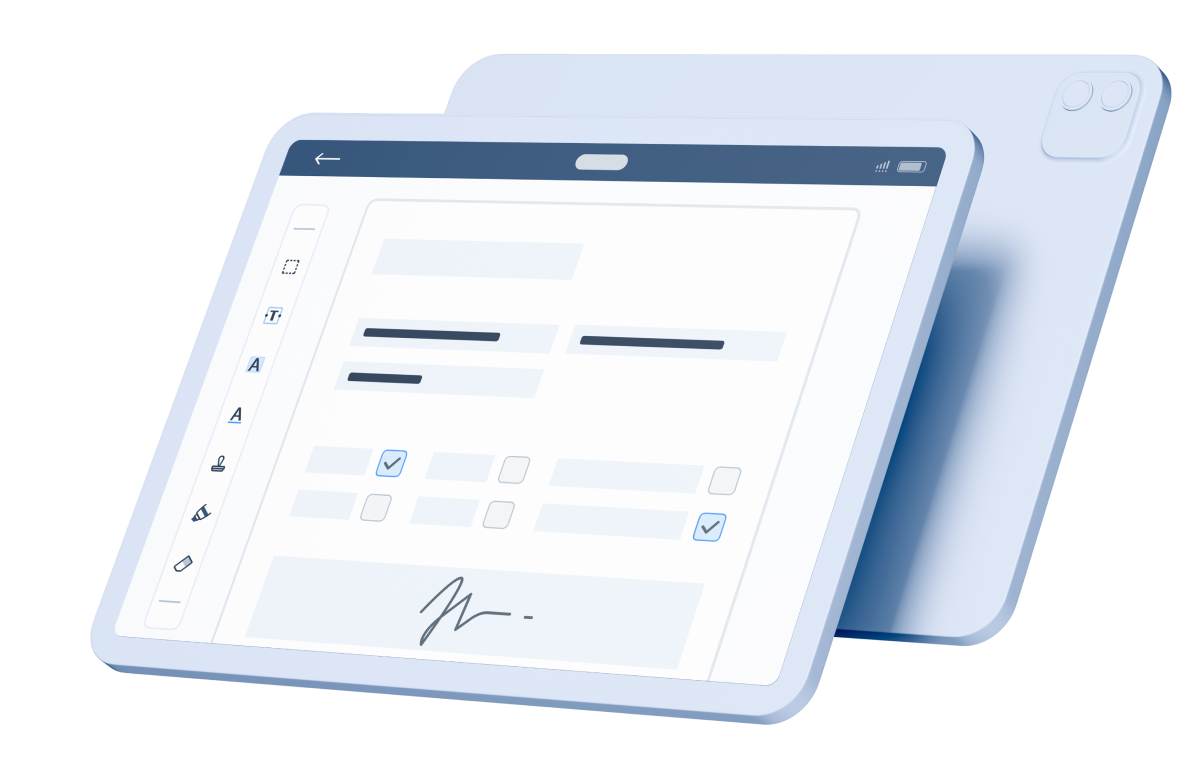By June 2021, Americans had witnessed 33.4 million coronavirus cases and almost 600,000 deaths. While COVID-19 has disproportionately affected seniors and people with pre-existing health conditions, it is important to protect everyone from its effects. Consequently, you may have considered using an employee health screening form for your business.
Contents:
- What Is Employee COVID Screening?
- What Are the Benefits of Using an Employee Health Screening Form?
- What Organizations Benefit Most From Using an Employee Health Questionnaire Form?
- How Can Employers Improve Compliance With Employee Health Check Up Form Use?
- What Are Tips for Creating a Good Employee Health Assessment Form?
What Is Employee COVID Screening?
At its core, employee screening for COVID involves following CDC-approved measures to detect potential exposure. These methods are not 100% foolproof, but they help organizations detect potential exposure more quickly so they can deploy their COVID-19 emergency plan.
The Colorado state website provides an excellent example of what an employee health screening form should look like. These are some of the many things workers should screen for in their colleagues:
- Temperatures above 100.4 degrees Fahrenheit
- Headaches or body aches
- Nausea, vomiting or diarrhea
- Loss of taste or smell
- Shortness of breath
- Cough
- Fever
An employee health check-up form can also include guidelines on what to do when employees test positive for red flags. For example, Colorado’s form recommends sending employees home immediately if they have any of the symptoms identified above.
What Are the Benefits of Using an Employee Health Screening Form?
Checking all employees before they enter the workspace can seem like a hassle. However, most health care professionals would agree that it has become a necessary one.
- Productivity: The last thing any business wants is a dearth of healthy workers. This could negatively impact productivity and could cause customers to take their business elsewhere. Keeping employees healthy serves everyone’s best interest.
- Early Detection: The more time an infected person spends in the company of colleagues and customers, the greater the likelihood of infecting someone else. Employee checkpoints provide one of the first lines of defense.
- Reduced Spread: Early detection helps reduce the likelihood of a widespread breakout. It also makes it easier to determine which employees may have COVID-19 so management can track down employees or customers who might have come into close contact with them.
- Liability: Workers and customers currently have a hard time seeking compensation for COVID-19 cases, but it is not impossible. Employers with no checks in place face greater exposure to liability. This is especially true if it results in someone’s death.
- Good PR: During efforts to re-open, businesses have had to demonstrate to customers that they are taking all possible precautions to protect them. Employee screening is an excellent way to demonstrate that and score good marketing and PR points with the general public.
What Organizations Benefit Most From Using an Employee Health Questionnaire Form?
Every organization can benefit from using employee health questionnaire forms, but some organizations need them more than others. Organizations that involve contact with large groups of people or with high-risk groups need better checks than the average business. Many organizations may fall into this category:
- Schools for all age groups
- Churches
- Public agencies
- Medical facilities
- Nursing homes
- Restaurants
How Can Employers Improve Compliance With Employee Health Check Up Form Use?
Living in America provides a wealth of freedoms for individuals in their work lives and personal lives. Consequently, employers might face some difficulty in getting employees to comply. The best way to combat this is to address the main cause of fear while balancing public health concerns and the business’s needs.
- Educate Employees: Some workers are still grappling with COVID-19, what it is and why prevention is important, so take the time to educate them. You may also need to train the person administering the tests. Workers should not have their work hours docked for time spent in screening.
- Use At-Work Tests: There are now COVID-19 tests that can be used at home — or at work, as the case may be. Employers may purchase these and test employees on the spot to reduce the risk of false alarms.
- Identify Nearby Facilities: Organizations should identify nearby locations that provide rapid COVID-19 testing. Employees should be able to visit one of these locations and get quick results. This also reduces the risk of false alarms.
- Provide Paid Sick Leave: When employees have sick days, they are less likely to come to work when they know they are ill. Without paid sick days, workers may feel they have no choice but to risk exposing others to ensure they can make ends meet.
What Are Tips for Creating a Good Employee Health Assessment Form?
When creating a good employee health assessment form, it’s important to stick to the facts. It’s also important to consider organizational resources. For example, the company might need to purchase an accurate no-touch thermometer to check temperatures, as well as follow these three guidelines.
- Go Electronic: Paper forms can get lost and become hard to keep track of. Use electronic checklists or apps to simplify the process and automatically upload all the information.
- Stay Updated: More information about COVID-19 is constantly coming in. Regularly check the CDC website for changes and keep in touch with at least one qualified health care professional.
- Use Premade Forms: As illustrated by Colorado’s form, government agencies are actively involved in distributing resources organizations need to detect and track COVID-19 infections. Make use of them.
At Fluix, we are committed to helping our clients create and deploy COVID-19 safety management procedures. Our lightweight app makes it easy to go electronic and stay updated. This helps organizations save time while protecting their productivity, their brand, their workers and their customers. Find out how to get started.

